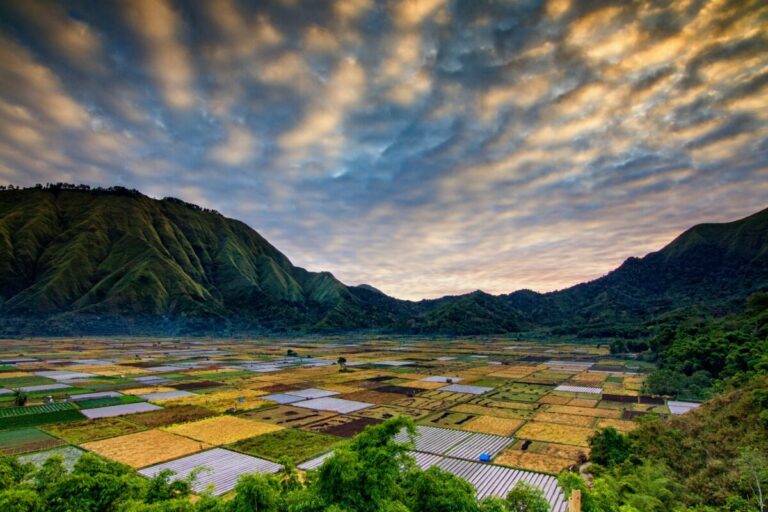Scientists in Japan have a field experiment performed in rice plantations that organize Agrivoltaic systems and have discovered that rice growth can be influenced by reduced biomass and reduced panel number. However, their analysis has also shown that gross returns in lowland rice -agrivoltaisies can be 14 times higher than rice growth without PV.
Researchers from the University of Tokyo in Japan have conducted a six-year field experiment using an Agrivoltaic system with lowland rice that grows underneath. The trial period was carried out in Chikusei, a city in East Japan, between 2018 and 2023. Rice has been renovated in the study field for more than 50 years.
“Maintaining the productivity of a high crop with reduced solar radiation is a great concern for intensive agriculture,” said the group, referring to the fact that the solar panels reduce the light that reaches the crops. “Our goal was to characterize the microclimate, grain yield and quality of rice that were grown in a moderate climate in an agrivoltaic system.”
The total area of the field studied was 1,416 m² and 27% of it was covered by monocrystalline PV panels, which resulted in a total capacity of 57.96 kW. The modules were all raised at 3.3 m above the ground, facing south with an azimut corner of -7Z. The tilt corner was changed manually every month to receive optimum solar radiation.
The soil was a clay leem, with a pH (H2O) of 6.1, where two japonica rice cultivars were grown: ashinoyume and yetiginohoshi. The water level was maintained during the cultivation of 5-10 cm, except during the drain in the middle season for a week in July and the last week before the harvest.
A benchmark row, where lowland rice was also grown but without PV above, was also measured for comparison. Among the measured parameters were weather conditions, electricity production, grain quality, biomass and rice yield. The maximum air temperature was 0.8 ° C lower per measurements than in control, but the minimum air temperature did not differ.
On average, the results showed that the grain yield in the control was 8.5 T per hectare, while in the Agrivoltaics field it was 6.5 T per hectare, which represented a reduction of 23%. However, the decrease was not significant in two of the six measured years. “The rice productivity in the Agrivoltaics system was considerably negatively associated with total rainfall during the growing season; that is, there was a high reduction in rainy years,” the scientists added.
However, when they calculated the gross return of both systems, calculated for both rice and electricity production values, the Agrivoltaics system appeared to have a return 14 times larger. More specifically, the average gross return JPY was 18.7 million ($ 124,615) per hectare per year in the Agrivoltaics and JPY 1.3 million per hectare per year in the control area.
“Our results confirmed our research hypothesis that the grain yield in the Agrivoltaics system would be limited by the reduced biomass and the reduced panel number: these are critical properties for rice productivity,” concluded the academics. “In addition to the reduced grain production, we have discovered that the grain quality, and in particular the grain limeiness and the main rice yield, deteriorated under partial shadow in the Agrivoltaics system.”
The research work was presented in “Effects of agrivoltaic systems on microclimate, grain yield and quality of lowland rice under a moderate climate“Published in Field crops research.
This content is protected by copyright and may not be reused. If you want to work with us and reuse part of our content, please contact: editors@pv-magazine.com.


